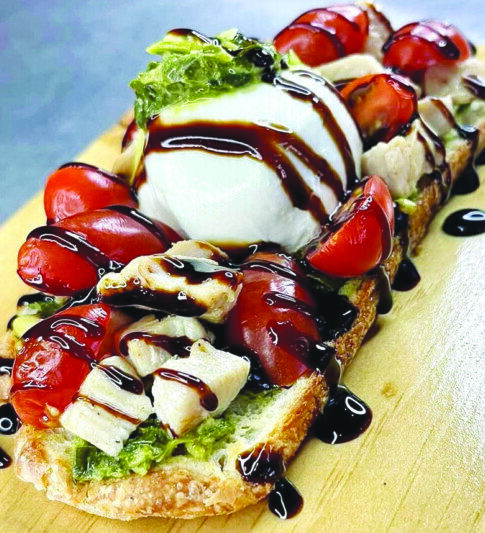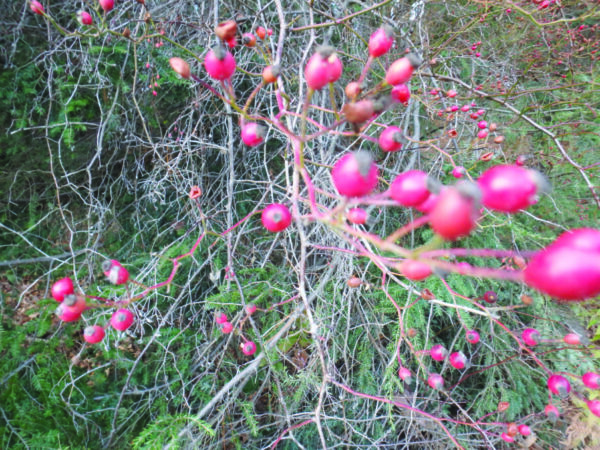A tale:
I work my way through the party, smiling, waving, shaking hands. I check with the bartender, who assures me that she has everything she needs.
I field a couple of compliments on my new jacket. I wanted to wear my velvet smoking jacket, but it’s still a bit too warm, so I went with a double-breasted silver lamé one that I have nicknamed “Charlie,” and he’s striking just the tone I wanted.
I pause briefly as the background music reaches the greatest improvised lyrics of all time:
“She loves that free, fine, wild, knocked-out, koo-koo … groovy wind in her hair,” Frank Sinatra assures me, and I close my eyes and stab the air with my finger as he gets to “groovy.” Man, he was good!
In an easy chair by the window, I see a pretty, sad-eyed woman sitting and staring at the peacocks on the lawn. She is a friend of a friend, who has recently moved here from Jalisco, and rumor has it that she is a bit homesick.
“Hi,” I say, and she nods politely.
“Are you Flora?” I ask, and she nods again, and she smiles, but her eyes are still sad.
“Robin,” I call to one of the caterers circulating through the party with a tray.
“Yes, Boss?” she asks, coming over.
“Did Susan make that thing we talked about?”
“I’ll bring it out.”
I thank her and make small talk with Flora until Robin returns with a dish of ice cream on her tray. She presents it to Flora with a small bow.
Looking confused, Flora takes it, then tentatively takes a very small spoonful of it.
Her smile only reaches the Mona Lisa stage, but her eyes sparkle.
Cornbread-Tres Leches Ice Cream
Small box corn muffin mix
12-ounce can evaporated milk
14-ounce can sweetened condensed milk
1 cup half and half
1 teaspoon ground cinnamon
Make an 8×8” pan of cornbread, according to the instructions on the box.
Let it cool, then stab it all over with a fork. If you are feeling dramatic, use a pair of forks.
Mix the dairy ingredients and cinnamon together, then pour onto your pre-stabbed cornbread.
Chill for at least three hours.
Transfer the sopping wet cornbread and any unabsorbed dairy to a blender, and blend thoroughly for about a minute.
Churn in an ice cream maker, according to the manufacturer’s instructions. (If you do not have access to an ice cream maker, freeze the pan of cornbread solid, then blend. You will get similar results.)
Transfer the soft-serve-consistency ice cream to serving containers and freeze.
If you’ve ever had proper tres leches cake, you are aware that it is the king of cake, moister than moist, and silky smooth. Eating it is like getting a kiss from a cake. This ice cream is inspired by that, but with a chewy texture and the background flavor of yellow corn. The hint of cinnamon makes it taste a bit like Biscoff cookies. This is easy enough to make and delicious enough that it will quickly become a regular part of your dessert rotation.
Featured photo: Courtesy photo by John Fladd.










